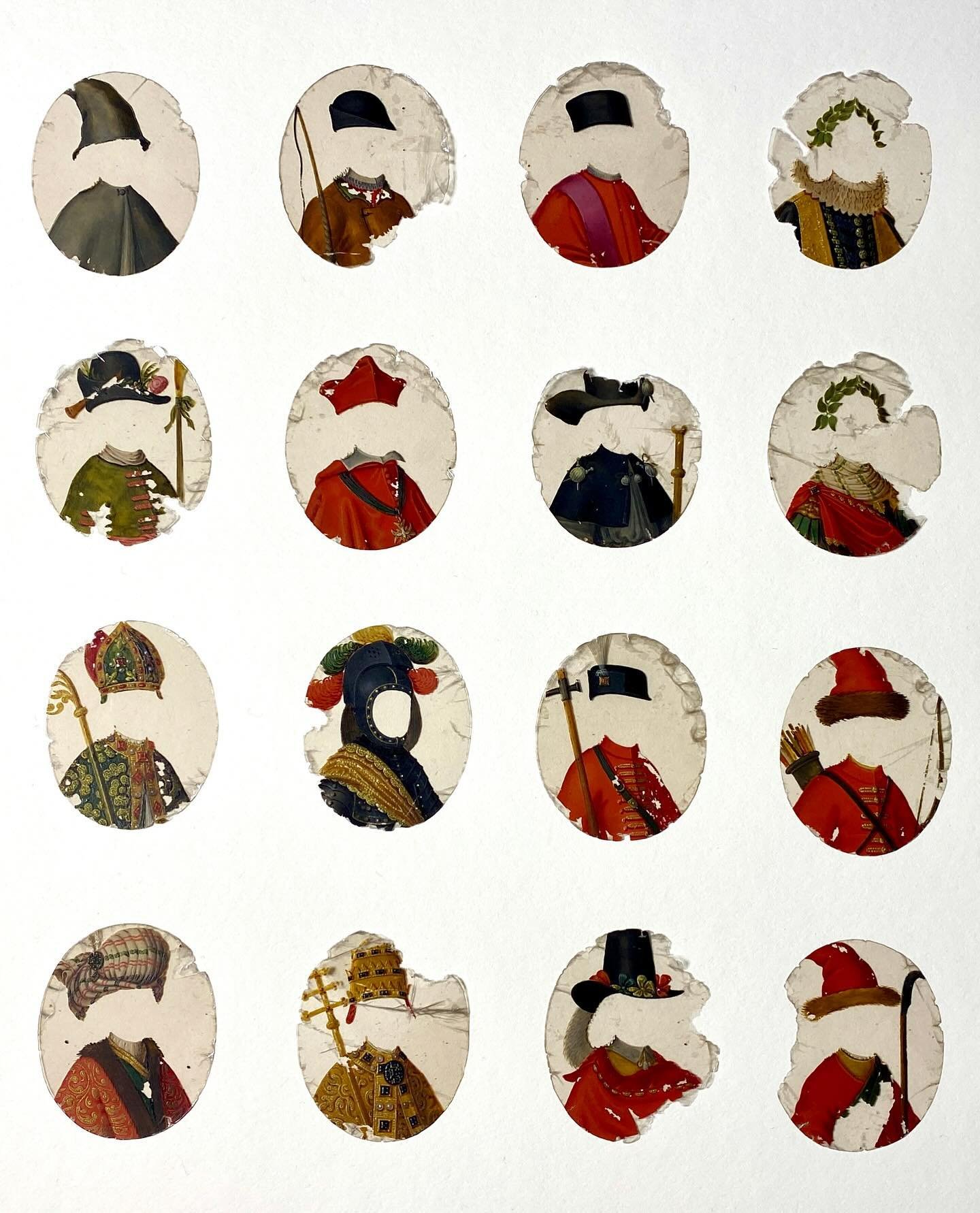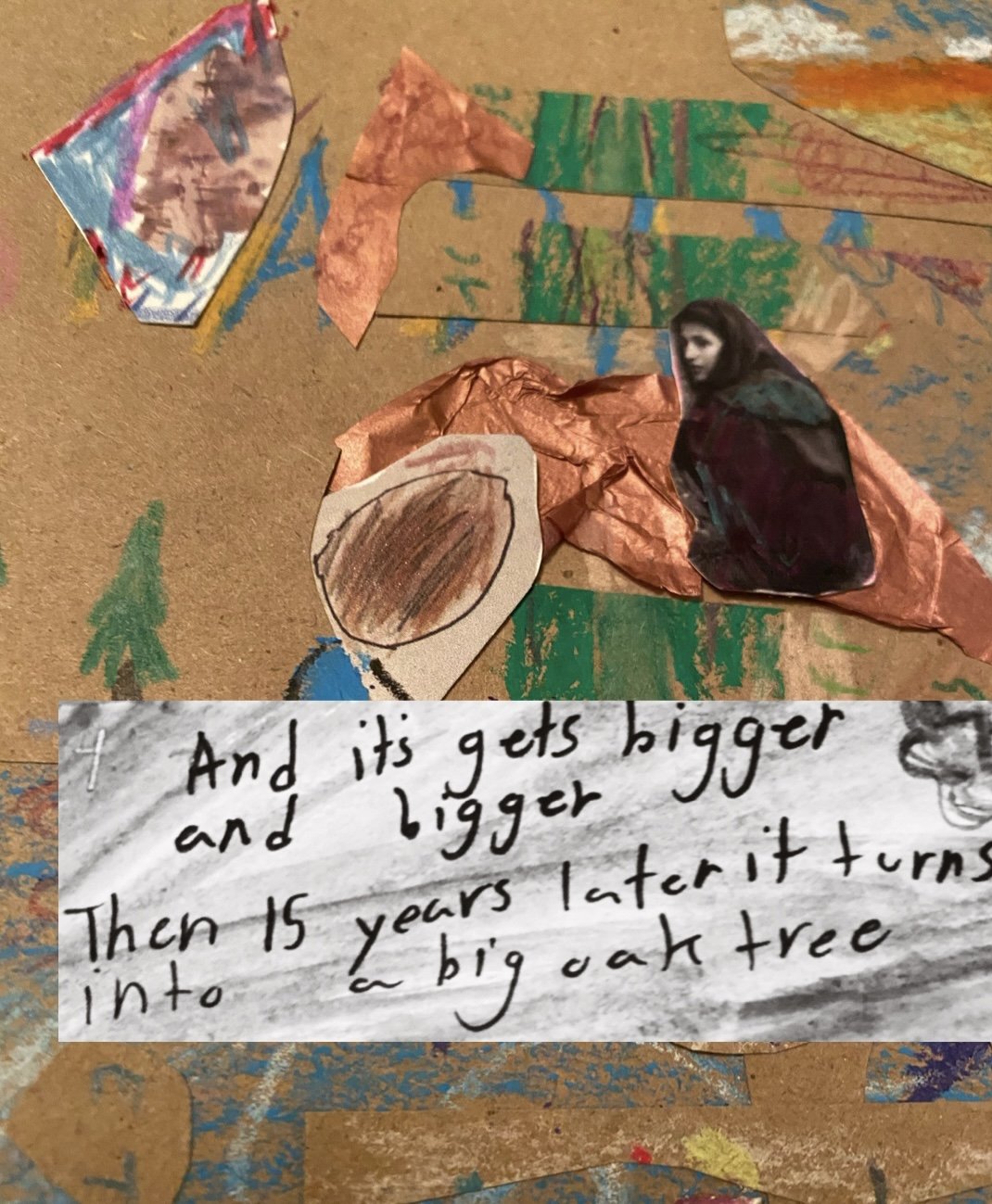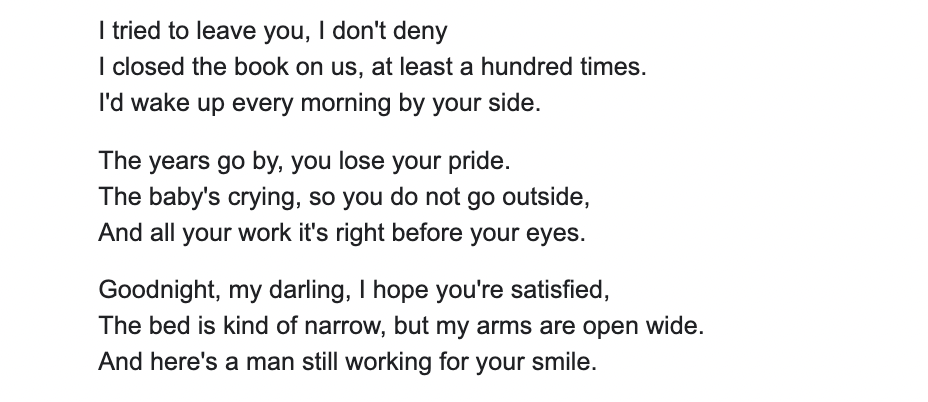— This is an original detail.
“‘This is an original detail,’ he said, indicating what I saw to be an iron ladder descending into the gloom,” Elif Batuman writes in a wildly Kafkaesque short fiction titled “The Board Will Decide If I’m Qualified to Live in the Basement,” featured as Recommended Reading on Electric Literature today, and collected in a new anthology of Kafka-inspired prose, The Cage Went in Search of the Bird (Catapult). It goes without saying that I recommend it, despite my having said it.
Little Franz, mid-ruin.
— I should have been the little ruin dweller.
Against the chaos of his world, Franz Kafka poses a cosmology of fragments. I’m thinking of May 18-19 of 1910, the official "comet night," an event that reproached the patriarchs across time and space. For those 48 hours in May, the arrival of Halley's comet intersected with Kafka’s big bang, his big blame: the official reproaching of his parents for the failed education they gave him.
Both reproach and refutation have done him great harm, as Kafka sees it while staring at family photos. This great harm emerges ekphrastically, in relation to the poise of the "group pictures.” The son responds to the harm in fabulist way: he introduces them to each other in his imagination, which is to say, in a story.
An image from a photo: "The dress worn too beautifully floating over American boots."
The family members, these people who have harmed him, are unforgivable. "I should have been the little ruin dweller…" – This is Kafka’s refrain, and it appears here, in the rubble of that foundational bourgeois event known as the family portrait.
But how does a reproach address those "persons past," who are frozen in sepia ice by the photo and onerously present as in an endlessly-interpretable tableau? Who is the author of past mistakes in education?
Of the persons past, Kafka writes: "They cannot remember! They stand there like tired dogs, because they use up all their strength to remain upright in one’s memory." The reproaches attach themselves to each image the way fondness attaches itself to a familiar binkie. "And now show me the reproach that in such a situation wouldn’t turn into a sigh," writes Kafka, drawing on the reproach’s capacity as a communicative mode, "is always on the verge of becoming a sigh…"
Like the characters in the photo, the reproaches stand side by side, forming relationships with each other: "The large reproach to which nothing can happen, takes the small one by the hand." In the meantime: "We remain upright, because it relieves us."
— Present unhappiness consists of nothing but confusion.
Strangers glimpsed through a window make it easier for him to stop thinking about the reproaches. When looking out the window, Kafka quiets "the urge to reproach."
He looks out the window frequently when standing in a room with his father. He describes himself as standing by the window and looking out. The parents and family who have done him “harm out of love, makes their guilt even greater." For Kafka, love is almost more dangerous than hate, or more damaging.
Like other dispirited spiritual seekers, Kafka goes to visit Dr. Steiner and learn more about theosophy. He admits to Dr. Steiner that he fears theosophy because it might add confusion (his word) which would be a problem since his "present unhappiness consists of nothing but confusion.” There is no coexistence between what he feels and what he knows. It is untenable: his happiness in one realm ruins his ability to function in the other.
Kafka quotes from Goethe's diary; mentions that his "foreign nature" is suggestive of a "capacity for transformation". Goes to look at himself in the mirror and spies something transformative about his own eyes.
Unreliable: family, work, religion, bourgeois values.
Reliable: insomnia, restlessness, poison —"The wind blows through it. One sees only the emptiness, one searches in all corners, and does not find one self."
His sleeplessness is related to writing, and this is not true for all writers. At the risk of distinguishing between working habits and demands that work makes on the body, it is simply not the case that all writers suffer from severe, lifelong insomnia. Situational insomnia is miserable, but it differs vastly from the lifelong neurological condition of insomnia. No “sleep hygiene regime” cures or resolves it. Stop blowing smoke up my ass and sending me the bill.
Kafka crosses his arms like a vampire to sleep– or like a man in a coffin. He has suffered from insomnia since childhood. But it is easier to blame the unwritten. It is more satisfying to blow smoke up one’s own ass than to submit to having it blown there by others.
— Long insomnia description here.
— At the risk of being misunderstood.
"The great horror that everything in me is ready for a literary work," Kafka writes. And yet writing defines the condition of aliveness for him. To become alive is to write the book. Life is the thing that wants to be written.
Writing isn’t a substitute for life or an escape from life—it is simply, life. Kafka cannot know himself without writing – cannot even find a word for his condition.
The definition of "real despair": [see quote on p. 5].
An inability to stay inside himself which manifests as a sort of impertinence.
"At the risk of being misunderstood…": [see quote on p. 8].
The room is the prison and the space of revelation.
The desaturation of color dawns on the mind in a room that watches light move – "bounded in a curved line from the head of the bed."
Light gobbles up hues.
The dissolution of self in sidewalks.
"I’m restless and poisonous," Kafka says, referencing an earlier walk in which he "lost the strength for sadness."
—-Even in conditions that today seem unbearable.
"I have no time to write letters twice," Kafka confessed on November 27, 1912.
— No time to preserve a copy of his own words; no time for correspondence; no consideration of writing letters without a keeping a copy because correspondence, too, is a text for Kafka. Like Rilke, Kafka mines his correspondence for stories, metaphors, and figures. Like Rilke, Kafka is better as desiring his interlocutor on paper than encountering that desire as flesh, in real life.
—- Fear of waiting, a terror Kafka connects to his father’s use of a particular word in childhood. The word "ultimo,” and the dread that swarmed his mind when his father employed the ultimo: "the last, feared for so long, could never be purely overcome".
— New headache of a still unknown sort.
Kafka describes his diary as encounter with self in relation to time: "In the diary one finds proof that, even in conditions that today seem unbearable, one lived, looked around and wrote down observations, that this right hand thus moved as it does today, when the possibility of surveying our condition at that time does make us wiser, but we therefore must recognize all the more the undauntedness of our striving at that time, which in sheer ignorance nonetheless sustained itself."
He is ready to die because he cannot write the book.
He succumbs to time with dread, adding the famous description of having his finger on his eyebrow.
Constant, this sense of despair and being forsaken.
Headaches lengthen as books progress.
"New headache of a still unknown sort. Brief painful stabbing over my right eye."
—- Nothing, nothing.
Betrayed by the noise of neighbors.
Forsaken by everyone and their noises.
Distracted by the shadow of the oversaturated family photos: "Parents who expect gratitude from their children (there are even those who demand it) are like usurers, they are happy to risk the capital as long as they get the interest."
Econometrically-devastated. Emotionally over-laundered.
"I see the task and the way to it, I would only have to push through some thin obstacles and can't do it. —Playing with the thoughts of F."
He loves un-imagining himself in letters to Felice Bauer.
He will fold her into his fictions.
And: "She is again the center of it all."
— Pull quote on bachelor and marriage here.
— The ancient wrong that man has committed.
He returns to reproach in his letters to Milena.
And the poison continues: the pointed fingers, the ultimo, the ultimatum, the thing he does not want to become.
The judgment he leverages against his family.
Judgement is everything, he whispers.
He expresses a longing for sickness, which hides a longing to be tended, which he blames on his mother.
As for his failure to love his mother, he blames this on the German language.
—- And there is some venom in me, some poison I can’t articulate, connected to the terror of dying, of being erased, of not ‘surviving’ the aesthetic of late capitalism’s cuteness, of being consigned to eat the dust of my own dustbin; or finding the self defined by the pseudo sanctity of its therapy-industrial complex that takes middle-class American experience as norm and extrapolates all kinds of borders and inhumane boundaries that demand continuous police, that need incessant forms of policing (holy shit has anyone ever craved police as much as 21st century US)? I want to position love as a counterpoint, but it is easier to be generous when the world is built around preserving your ‘lifestyle’. Or: it is easier to be generous when the world is glossed by the generosity we bestow upon ourselves in continual self-esteem baths and self-affirmations. The literary world is certainly generous (yet suffocating), exciting (yet predictable and mechanistic), sensitive (yet obsessed by status, self-positioning and winning). One writes to spite it sometimes. One writes furiously, sneaking the no-no of adverbs in the pile of relentless things waiting to be written, hardly daring to wonder what will be read, if any of it gets published, if you will ever stop cringing when imagining being read. And there is that venom in it: no one will forgive you for saying the thing you have written. Maybe Kafka was blessed? Is it better to be read when dead? Milena, I am so dirty…













































































